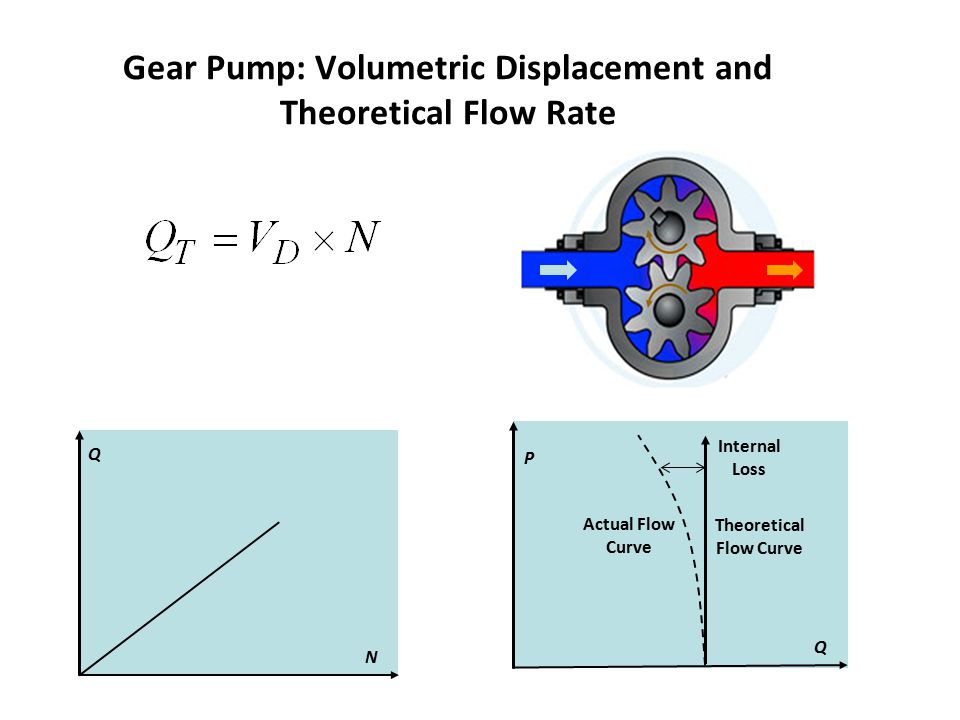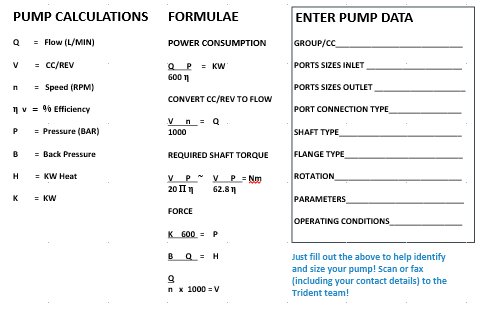In this article, we will be discussing the principles behind calculating the flow of a hydraulic pump. By understanding these principles, you can optimize your pump’s performance and ensure that it works as intended.
In a hydraulic pump, fluid is constantly moving from one reservoir to another. The flow of the fluid is determined by the pressure differential between the two reservoirs and the pump’s mechanical capabilities.
The general formula for calculating the flow of a hydraulic pump is: Flow = Qp x A
where:
Flow is the amount of fluid flowing through the pump per minute
Qp is the pressure difference between the two reservoirs (in PSI)
A is the pump’s efficiency (in %)
What is a hydraulic pump?
A hydraulic pump is a device that uses the pressure of a fluid to move a mass. The fluid can be water, oil, or any other fluid with a high pressure.
A hydraulic pump is made up of three main parts: the piston, the cylinder, and the system housing. The piston is what moves the fluid inside the cylinder. The cylinder is where the fluid is stored and expelled. The system housing is where all the electrical and hydraulic components are located.
To calculate the flow of a hydraulic pump, you need to know its rated speed, its operating pressure, and its stroke length. Rated speed is how fast the pump can move fluid at maximum capacity. Operating pressure is how much pressure the pump can handle before it start to break down. Stroke length is how long it takes for one full revolution of the piston.
To calculate flow rate, divide rated speed by stroke length.

How does a hydraulic pump work?
A hydraulic pump is a device that uses fluid pressure to move objects. The fluid pressure is created by the flow of a liquid or gas through a pipe. The pump moves the object by pushing and pulling against the fluid pressure.
To work, the pump must first be filled with fluid. Then, the pump’s plunger is pushed down until it is in the liquid or gas. The plunger’s movement forces the fluid through the pipe and into the pump’s cylinder. The piston inside the cylinder moves up and down, creating a flow of fluid that pushes and pulls against the plunger. This action moves the object in the cylinder.
Hydraulic Pump Flow in Gallons per Hour
Flow rate is a critical factor when choosing the correct hydraulic pump for your specific application. It’s also an important consideration when troubleshooting pump performance. To calculate the flow rate of a hydraulic pump, you need to know the following: pump discharge pressure, head (height) of fluid, and discharge flow rate.
Discharge Pressure: The discharge pressure is the operating pressure of the pump. This is usually 10-15% greater than the maximum operating pressure.
Head: The head is the vertical distance from the bottom of the discharge pipe to the fluid surface.
Discharge Flow Rate: The discharge flow rate is the total amount of fluid discharged per minute.
Factors that affect hydraulic pump flow
Hydraulic pumps are used in a variety of industries to move fluid materials. To calculate the flow of a hydraulic pump, you will need to take into account the following factors:
Pump speed
Pump stroke
Flow rate (in units per minute)
The first three factors are relatively easy to determine. The pump’s speed can be found using a speedometer or odometer, and the pump’s stroke can be determined by measuring the length of the piston stroke. Flow rate can be calculated using the following equation: flow rate = (stroke ÷ revolutions per minute) * volume in cubic meters.
However, calculating the fourth factor–the pressure drop across the pump–can be more difficult. In order to find the pressure drop, you will need to measure the pump’s discharge pressure and its input pressure. Then, you will use Ohm’s law to calculate the pump’s resistance: resistance = voltage / current. Finally, you will divide this resistance by the discharge pressure to find the pump’s pressure drop.
How does the flow rate of a hydraulic pump depend on the pressure?
The flow rate of a hydraulic pump depends on the pressure applied to the pump. The higher the pressure, the faster the pump will flow.
One way to measure the flow rate of a hydraulic pump is to use a pressure gauge.
Related Terms
Flow rate, pressure, hydraulic pump
How to calculate the inlet pressure ratio for a hydraulic pump?
There are a few ways to calculate the inlet pressure ratio for a hydraulic pump. One way is to use the Bernoulli equation. Another way is to use the energy equation.
The Bernoulli equation states that the inlet pressure ratio is equal to the pump discharge pressure divided by the pump inlet flow.
The energy equation states that the inlet pressure ratio is equal to the product of the pump discharge pressure and the pump inlet flow.
How to calculate the discharge pressure ratio for a hydraulic pump?
A discharge pressure ratio (DPR) is a measure of the flow rate of a hydraulic pump compared to the static pressure at the pump inlet. This calculation can be used to optimize the pump performance by adjusting the discharge pressure.
The flowrate is measured at the pump outlet and the static pressure is measured at the pump inlet using a manometer or a differential Pressure Transducer. The following equation can be used to calculate DPR:
DPR = Q/P

Formula for determining hydraulic pump flow
When calculating the flow rate of a hydraulic pump, there is a formula that can be used. The formula is: \frac{Piston displacement}{stroke}
Where:
Piston displacement is the amount of fluid that has passed through the pump in one time period.
Stroke is the length of time that the piston will travel in one time period.
Conclusion
If you’re looking to learn how to calculate the flow of a hydraulic pump, this article is for you. In it, we’ll walk you through the steps necessary to calculate the flow rate and pressure of a hydraulic pump using Bernoulli’s principle. By following these simple steps, you’ll be well on your way to understanding how a hydraulic pump works and how to optimize its performance.
How do you calculate the flow of a hydraulic pump,please click topkitparts see more
